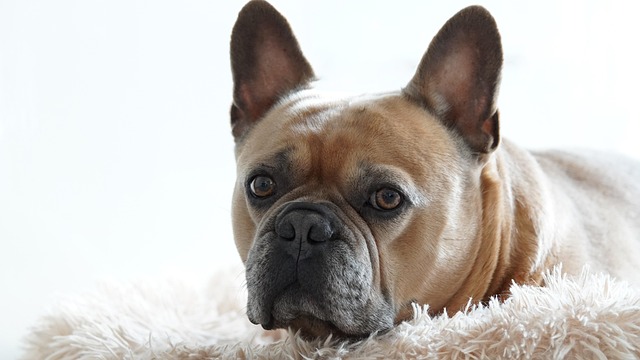
How do i train my dog to be obedient?
Watching your dog dart across the park ignoring your calls isn’t just frustrating—it can put them at risk near busy streets or public spaces.
If you’re a new dog owner in Florida noticing your 2-year-old Lab’s breath smells like old garbage, or a first-timer in Oregon panicking when your Poodle winces while chewing a toy—you’re probably wondering how to stop their teeth from rotting. It’s one of the most common questions I get, and the good news is: you can turn things around with simple, consistent steps. Let’s break down what’s happening, what to do, and how to stay on track with U.S. rules and pet culture.
First, the basics (no fancy jargon): Dog teeth rot when food bits stick around, turning into plaque—a sticky film that harbors bacteria. Over time, plaque hardens into tartar, which scrapes at gums and eats away at tooth enamel. Vets across the U.S. say this starts as early as 1 year old for some breeds, and if left alone, it leads to gum disease (so painful your dog might stop eating) or even tooth loss. Unlike us, dogs don’t show pain easily—by the time you see brown spots on their teeth, the rot’s already started.
The key to stopping it is a daily routine, and it doesn’t have to be hard. Start with the right tools: a dog-specific toothbrush (soft bristles—human brushes are too harsh) and dog toothpaste (never mint or fluoride—those make dogs sick; go for peanut butter or turkey flavor). A client in California told me her Shih Tzu used to run from the brush—now he sits for it because she started slow: first, let him lick toothpaste off her finger, then rub the brush on one tooth for 5 seconds, then reward with a tiny treat. Do this daily, adding one tooth each week until you cover all sides—30 seconds total is enough.

Now, let’s talk U.S. rules and culture. First, compliance: Every state requires rabies vaccines, but places like Chicago and Boston also mandate annual vet checkups—most vets will check for early rot here, which is key (skipping this could mean missing issues that break “responsible pet owner” laws). Also, culture: Physical punishment (like holding your dog down to brush) is a big no—It’ll make them fear you, not the brush. If they resist, pause, give a treat, and try again later. Positive training isn’t optional here; it’s how we build trust.
For apartment life: Brush your dog during quiet hours (not at 7 a.m. if your neighbor works nights) to avoid complaints. And community rules: Always carry poop bags—New York City fines up to $300 for forgetting, and Los Angeles cracks down on off-leash dogs in parks. These small moves keep your community pet-friendly, which matters for everyone.
Stopping tooth rot isn’t about perfection—it’s about showing up. Even 20 seconds a day beats nothing. Grab that toothpaste, sit with your pup, and take it slow. Their healthy teeth (and happy, pain-free chews) will thank you.

Watching your dog dart across the park ignoring your calls isn’t just frustrating—it can put them at risk near busy streets or public spaces.

New puppy owners often find themselves rushing to clean up accidents before they set in, and that’s where puppy pad training becomes a game-changer.

If you've noticed your dog's waistline disappearing and your veterinarian has mentioned those few extra pounds, your first instinct might be to simply reduce the amount of food in their bowl.

Training a dog to use a designated spot indoors isn’t as daunting as many new owners fear, but it does take consistency and an understanding of your pet’s needs.

That moment of dread on a walk is all too familiar for many new dog owners. You see another dog approaching down the sidewalk of your neighborhood

If the sight of another dog on your neighborhood walk makes your heart sink as your own dog erupts into a frenzy of barking and lunging, you're not alone.